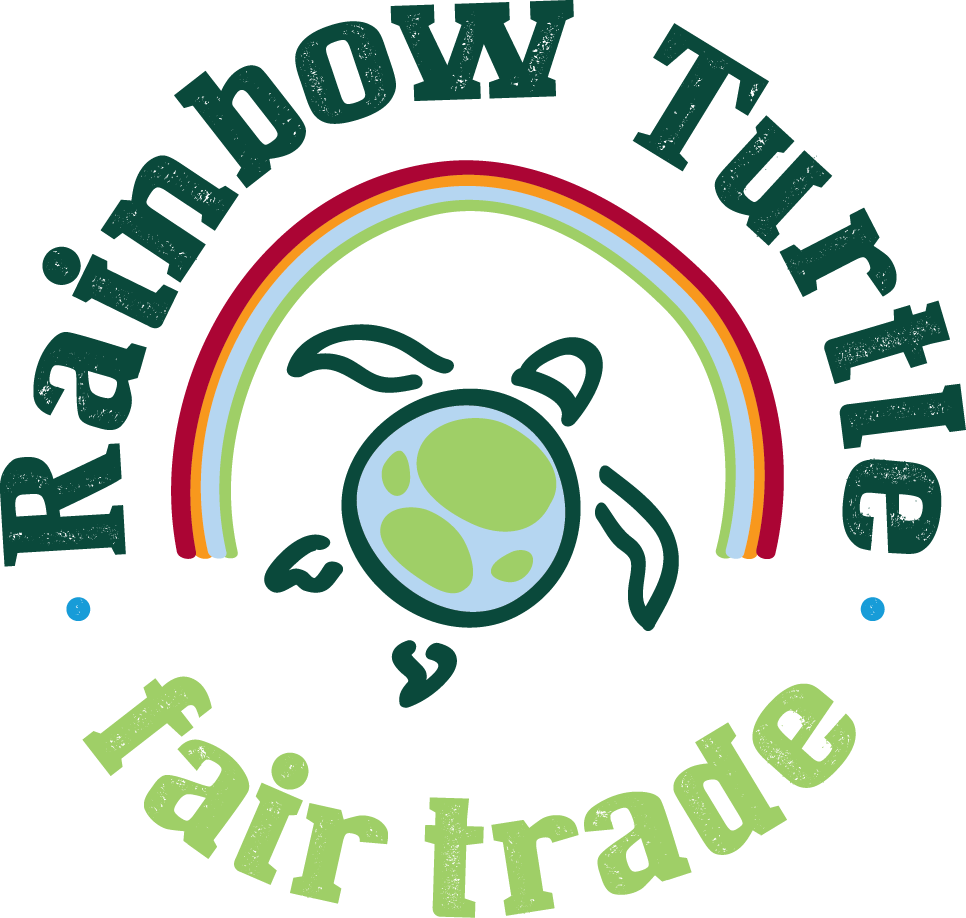Fair Trade is a partnership between producers and consumers which ensures producers in the developing world have good working conditions and fair prices.
There are slightly different definitions of fair trade. Here’s what we mean and why there’s a difference:
- Fairtrade: this relates to the Fairtrade Foundation, who put the familiar blue and green logo on products. They also give accreditation to schools, universities, towns, faith groups and zones; hence Fairtrade School, Fairtrade town and so on.
- Fair Trade: this relates more broadly to the Charter of Fair Trade Principles set out by the World Fair Trade Organisation. These include increasing access to markets, a commitment to long-term trading partnerships, transparency, dialogue and so on. So there are many Fair Trade products, that aren’t Fairtrade products! These would be products that follow the principles of the Charter, but that do not have the Fairtrade Foundation’s logo. Often small-scale craft products will be Fair Trade (coming through a supply chain that follows the principles) without being accredited as Fairtrade.
- fair trade: finally, these are just the words as they are! With no affiliation to any organisation or specific, pre-defined principles as such. For instance: “I believe in fair trade” – this simply means that you think that trading fairly with people and producers is the right thing to do. You could of course believe in fair trade, Fair Trade and Fairtrade… but let’s not get carried way!
Fair Trade is a partnership between producers and consumers which ensures producers in the developing world have good working conditions and fair prices.
Fair Trade principles include:
- paying fair prices to the producers which reflect the true cost of the production – world market prices often do not cover even the cost of the raw materials
- supporting producer organisations in their social development projects – many provide health and education facilities
- promoting the empowerment of women
- advising on product development to increase access to markets
- encouraging environmental responsibility
- committing to long term relationships to provide stability and security
- campaigning to highlight the unequal system of world trade
Shop for Justice at Rainbow Turtle
Fair Trade has helped to lift millions of people out of poverty. When you buy Fair Trade products a larger share of the money you spend goes to the people who need it most – the farmers in the poor countries who grow food for us or the workers who help produce it. These people are called “the producers”.
| With Fair Trade | Without Fair Trade |
|---|---|
| Farmers are guaranteed a fair price for their goods. | Farmers and workers often have to work for low wages. |
| Companies provide decent homes and safe working conditions. | They can be treated badly and are often sacked if they complain. |
| No child or forced labour is used to produce the goods. | They are sometimes forced to work with dangerous chemicals without masks or special clothing to protect them. |
| Workers are able to plan for the future and invest in their communities by building wells and improving community services. Companies operate in such a way as to protect the environment. | The price they get for selling their crops is often very low; this means farmers are often unable to make a profit. They can end up with big debts and can lose their land and homes. |
